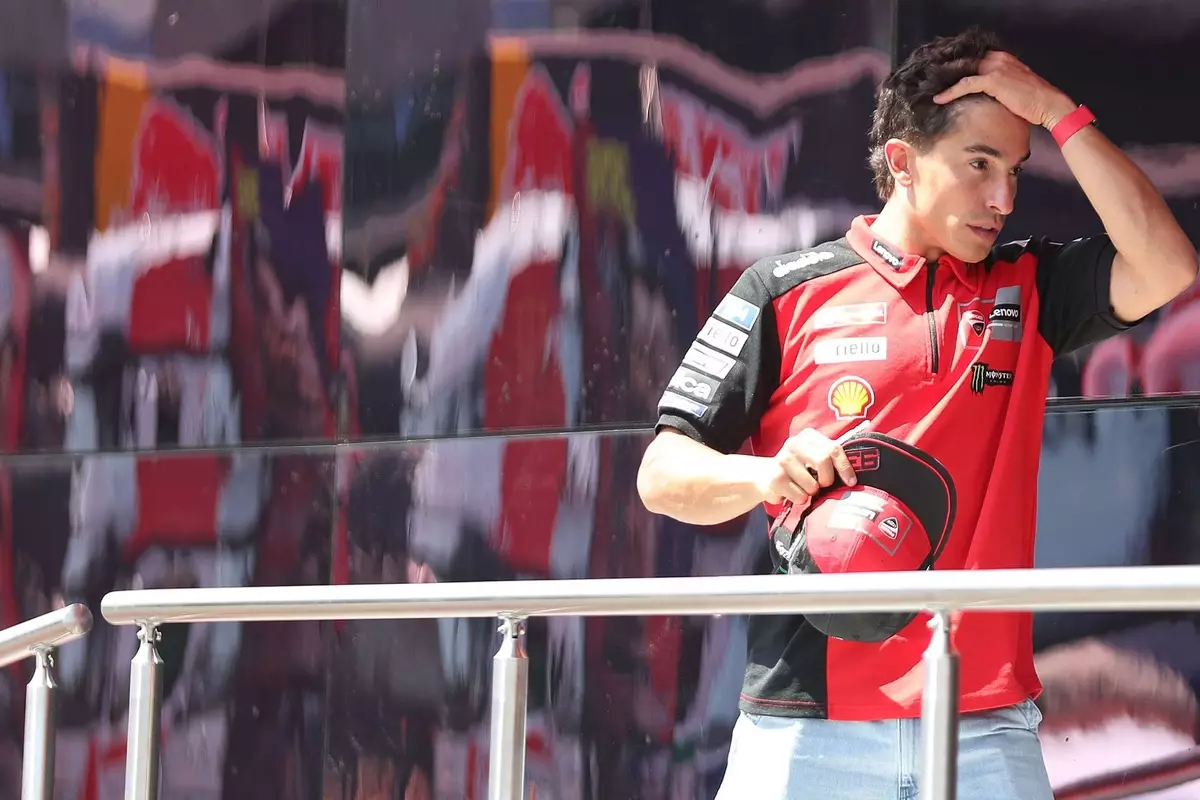The latest introduction of a sophisticated stability control system at this weekend’s Austrian Grand Prix has ignited a fierce debate within the MotoGP community. While technological strides are often celebrated as signs of progress, this particular move has struck a nerve with some of the sport’s most revered riders. The core of the controversy lies in whether this electronic aid enhances safety or erodes the raw skill that makes motorcycle racing so captivating. The controversy is not merely about the system’s functionality but a broader philosophical clash over the future identity of MotoGP—whether it should remain a showcase of rider talent or evolve into a safer, more regulated discipline.
Historically, MotoGP has been a battleground where human skill and technological innovation intersect. Riders like Marc Marquez and Pedro Acosta argue that such electronic aids threaten to diminish the competitive edge earned through courage, finesse, and instinct. Their stance is rooted in a belief that racing should test human limits—not shield riders from their own errors. The introduction of the stability control system, which actively reduces engine torque during slides, challenges this ethos by potentially smoothing out the unpredictable dynamics that have historically defined the sport’s excitement. The key question emerges: Is MotoGP embracing safety at the expense of its soul?
Safety or Stifling Skill? The Complex Debate
Proponents of the new system justify its implementation on safety grounds, asserting that it aims to reduce highside crashes—catastrophic incidents that have marred many riders’ careers, including Marquez himself. From this perspective, technology acts as a guardian, preventing injuries and extending riders’ careers. However, skeptics argue that relying on semi-autonomous aids undermines the essence of motorcycle racing, where rider input, risk, and mastery are paramount. Marquez’s candid critique highlights this concern: by introducing electronics that do much of the work, the rider’s decision-making process becomes less critical. His firsthand experience with these systems at tests in Aragon and Malaysia lends weight to his argument that such aids make riding “easier” and, consequently, less authentic.
Pedro Acosta, often celebrated as one of the sport’s young prodigies, echoes Marquez’s sentiments. He advocates for a future where these aids are phased out, aligning with upcoming regulations that aim to remove ride height devices and other electronic interventions by 2027. His stance clearly shows a desire to preserve the purity of the sport, emphasizing that rider skill should remain the primary determinant of success.
Not all voices align with this critical perspective. Marco Bezzecchi and other riders suggest that despite the encroachment of electronics, the cream still rises to the top. They believe that once all riders adapt and optimize their setups, the influence of aids will diminish, and raw talent will shine through. This optimistic view suggests that technology, if used judiciously, does not necessarily democratize success but can instead serve as a stepping stone to higher levels of performance.
Implications for the Future of MotoGP
The controversy surrounding the stability control system points to a broader tension in motorsport: the desire to innovate for safety and competitiveness versus maintaining the integrity and tradition of rider skill. MotoGP’s ongoing regulatory changes—such as banning ride height and holeshot devices—signal a trend toward reducing electronic aids, indicating that the sport’s governing bodies may be wary of reliance on technology that overshadows human talent.
However, the industry’s push toward automation and safety technology is relentless, raising questions about the future landscape of racing. Will the essence of MotoGP be preserved as a platform for exceptional rider skill, or will it evolve into a technologically driven competition where the bike’s electronic systems do much of the work? The voices of Marquez and Acosta serve as powerful reminders that these innovations are not without consequences—they risk transforming racing into a more controlled, less visceral spectacle.
As the season progresses and more data becomes available, it will be intriguing to see how these electronic aids influence race outcomes and rider psychology. While Aprilia’s Bezzecchi remains confident that talent will prevail, the ongoing debate underscores a fundamental truth: the sport’s identity hangs in the balance. The stakes are not only about safety but also about what kind of racing fans want to witness—one characterized by daring human prowess or polished technological precision.


Leave a Reply